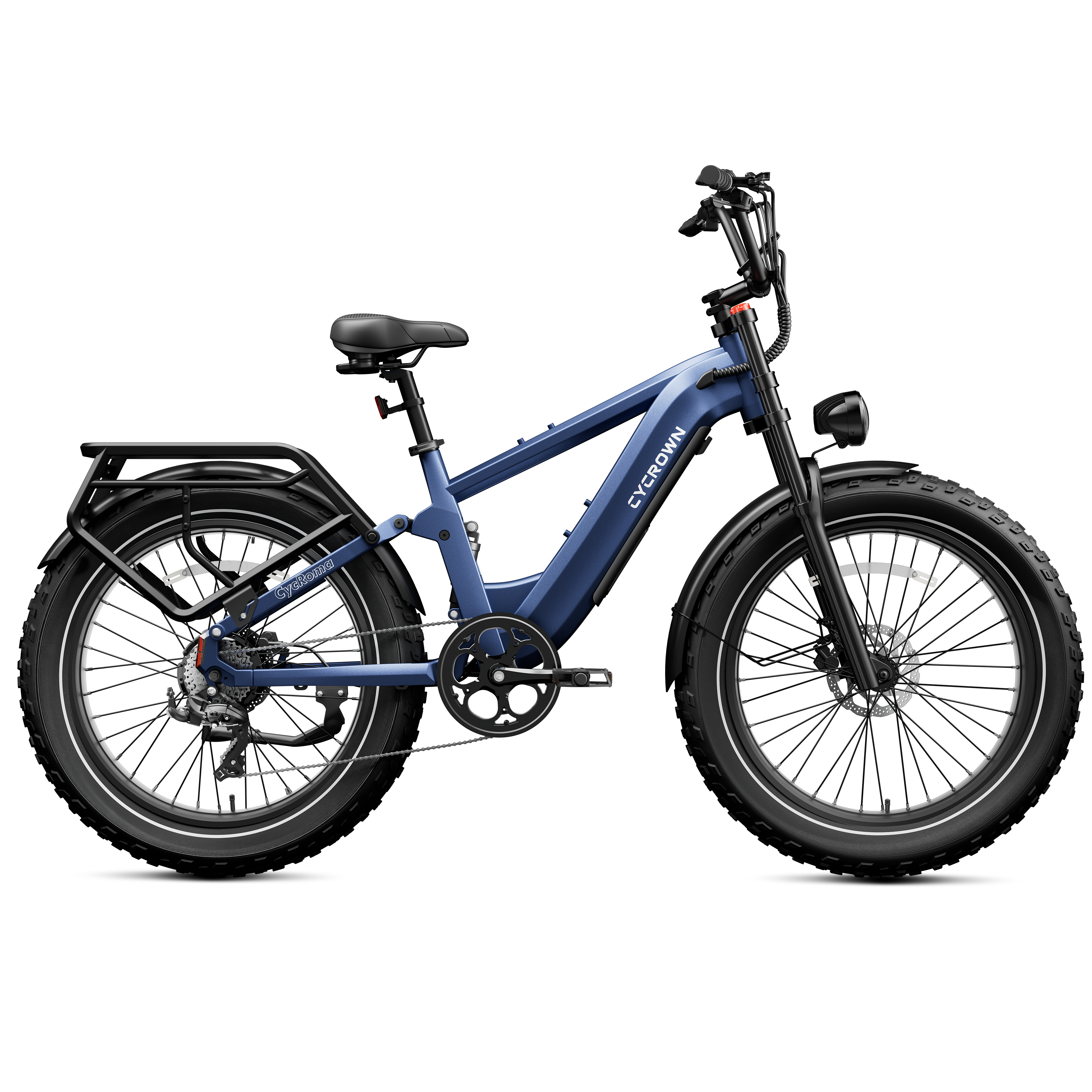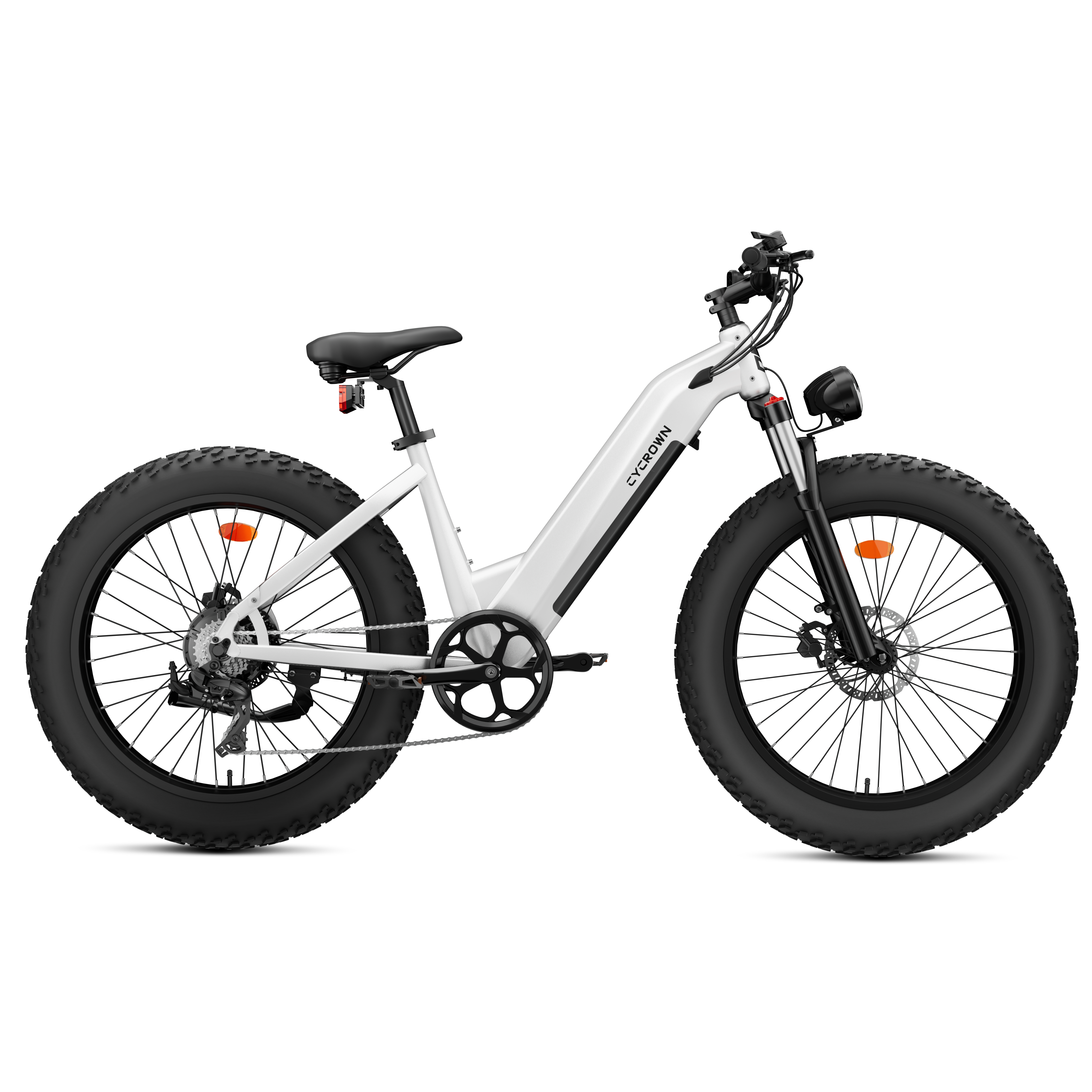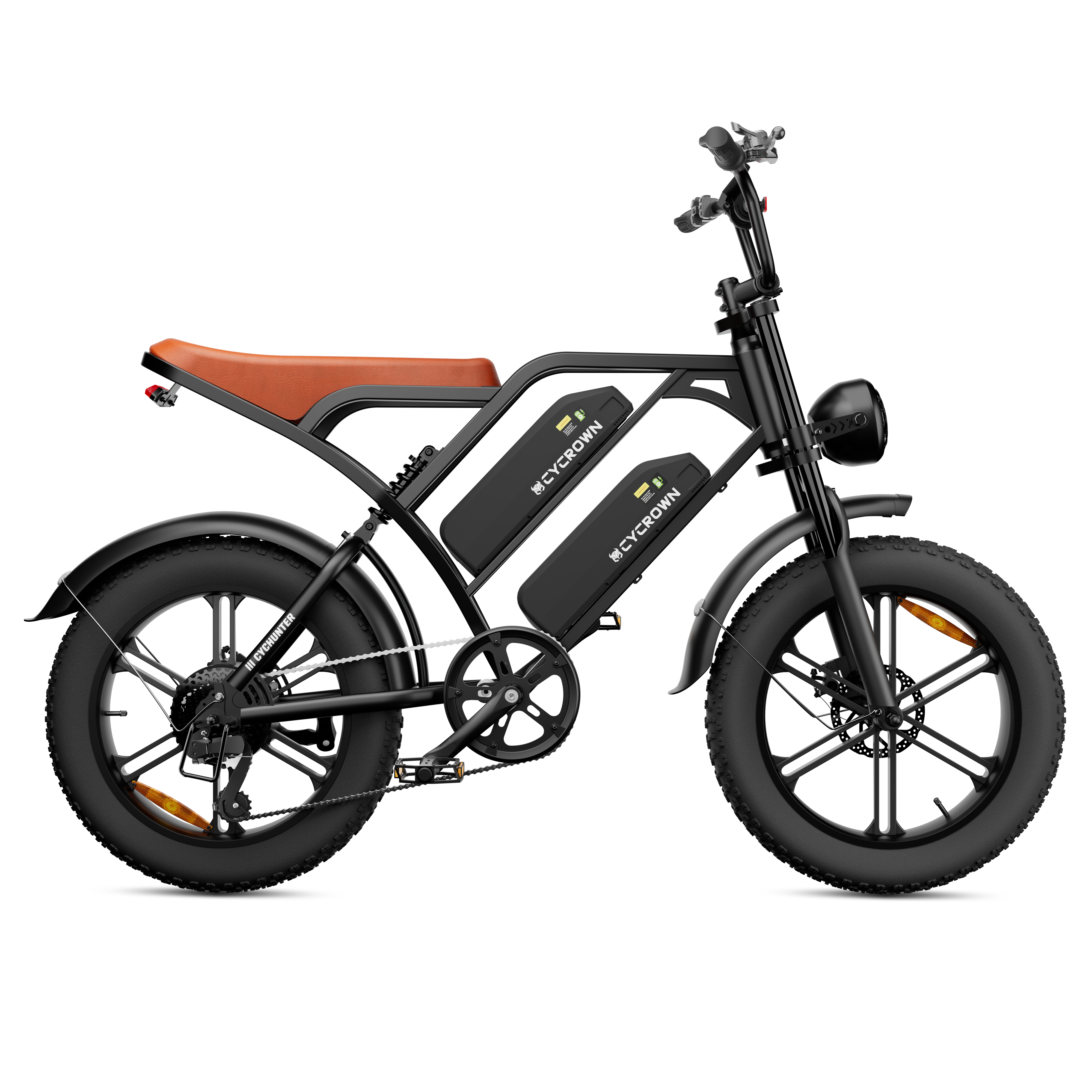If you're a motorcycle rider, you already know how important it is to wear a helmet. But have you ever heard of a smart helmet?
So what is a smart helmet? A smart helmet is a type of helmet that has built-in technology to enhance the rider's safety and overall experience.
At its most basic level, a smart helmet is a motorcycle helmet that has some form of electronic technology connected to it.
This technology can take many different forms, such as Bluetooth connectivity devices, cameras, microphones, speakers, and more.
The goal of a smart helmet is to provide the rider with additional features and functionality beyond what a traditional helmet can offer.
One of the key benefits of a smart helmet is improved safety.
For example, some smart helmets come with built-in cameras that can record footage of your ride, which can be helpful in the event of an accident.
Other smart helmets have built-in speakers and microphones that allow you to communicate with other riders or listen to music without taking your hands off the handlebars.
Want to pick the best one and learn all the cool things it can do? Keep reading to find out how a smart helmet can level up your rides.
What Is a Smart Helmet?

A smart helmet is a type of headgear that integrates advanced technology to enhance the safety and functionality of the helmet.
Smart helmets are designed to provide riders with more than just protection from head injuries.
They come with features such as built-in cameras, Bluetooth connectivity, GPS, and voice command controls, among others.
These features enable riders to stay connected, navigate, and communicate while riding, making smart helmets a popular choice for riders who want to stay connected while on the road.
Features of a Smart Helmet
Smart helmet technology has come a long way since the first smart helmet was introduced.
Today, smart helmets come with a wide range of features that enhance the safety and functionality of the helmet.
Some of the most notable advancements in smart helmet features include:
- Heads-up display (HUD): A HUD is a transparent display that allows riders to view information such as speed, navigation, and weather conditions without taking their eyes off the road.
- Integrated cameras: Smart helmets come with built-in cameras that allow riders to record their rides, take photos, and even live stream their rides to social media.
- Bluetooth connectivity: Smart helmets come with Bluetooth connectivity that allows riders to connect their helmets to their smartphones, enabling them to make and receive calls, listen to music, and get GPS directions.
- GPS: Smart helmets come with GPS that allows riders to navigate while riding, eliminating the need to stop and check a map or ask for directions.
- Voice command controls: Some smart helmets come with voice command controls that allow riders to control their helmets using voice commands, making it easier to stay connected and navigate while riding.
With advancements in technology, smart helmets are becoming more affordable, making them accessible to a wider range of riders.
Also read: Ebike vs Motorcycle: Understanding the Differences
Pros and Cons of a Smart Helmet

As you consider purchasing a smart helmet, it is important to assess the value it will provide. In this section, we will explore the cost-benefit analysis and comparison with traditional helmets.
Cost
Smart helmets come with a higher price tag compared to traditional helmets. However, they offer several features that can potentially save your life.
For instance, they have built-in sensors that detect accidents and notify emergency services. Additionally, they come with a heads-up display that provides real-time information about your surroundings, such as traffic and weather conditions.
The cost-benefit analysis of a smart helmet depends on your specific needs and preferences.
If you frequently ride in busy traffic or harsh weather conditions, a smart helmet may be worth the investment. On the other hand, if you only ride occasionally in quiet areas, a traditional helmet may suffice.
Comparison With Traditional Helmets
Smart helmets offer several advantages over traditional helmets.
They come with built-in communication systems that allow you to make calls, listen to music, and receive GPS directions without taking your eyes off the road.
They also have a rearview camera that provides a clear view of what's behind you.
Traditional helmets, on the other hand, are less expensive and offer basic protection against head injuries. They are lightweight and comfortable, making them ideal for long rides.
However, they lack the advanced features of smart helmets, which can potentially save your life in case of an accident.
Safety Enhancements Offered by Smart Helmets

Smart helmets offer a range of safety features that can help protect you while you ride. Here are some of the key safety enhancements that you can expect to find in a smart helmet:
Emergency Response Integration
One of the most important safety features offered by smart helmets is emergency response integration.
In the event of an accident, your smart helmet can automatically notify emergency services and provide them with your location.
This can be a lifesaving feature, especially if you are riding alone or in a remote area where it may be difficult to get help quickly.
Accident Prevention Mechanisms
Smart helmets also offer a range of accident prevention mechanisms that can help keep you safe while you ride.
For example, some smart helmets come with built-in sensors that can detect when you are about to collide with another vehicle or object.
If the helmet detects an imminent collision, it can alert you with an audible or visual warning, giving you time to take evasive action.
Another accident prevention mechanism offered by some smart helmets is a rearview camera. This camera can give you a clear view of what's behind you, helping you to avoid collisions with other vehicles or obstacles.
Related article: Electric Bike Safety: Tips for a Safe and Enjoyable Ride
Conclusion: What Is a Smart Helmet?
A smart helmet serves as both a guardian and a gadget, enhancing every ride with features like emergency alerts and collision warnings. It blends navigation and communication seamlessly, allowing you to keep your eyes on the road without sacrificing connectivity.
For any trip, smart helmets bring modern safety to the forefront. They offer innovative capabilities far beyond ordinary helmets. For an added layer of safety and style, Cycrown e-bikes and their line of smart bike helmets and smart bluetooth helmets are worth considering.
Check out Cycrown's options for a high-tech biking experience that doesn't compromise on safety or sophistication.
Frequently Asked Questions
How does a smart helmet enhance rider safety?
A smart helmet can enhance rider safety in several ways.
One way is through the use of built-in sensors that can detect an impact and alert emergency services or designated contacts in the event of an accident.
Smart helmets can also provide turn-by-turn navigation and route planning, allowing riders to focus on the road instead of checking their phones or GPS devices.
Additionally, some smart helmets feature rear-facing cameras that provide a 360-degree view of the rider's surroundings, increasing situational awareness and reducing blind spots.
What features are typically included in a high-tech motorcycle helmet with HUD?
A high-tech motorcycle helmet with HUD (heads-up display) typically includes a transparent visor that displays information such as speed, navigation directions, and incoming phone calls.
Some models also include built-in cameras, Bluetooth connectivity, and voice control functionality.
Additionally, high-tech motorcycle helmets may feature noise-cancelling technology to reduce wind noise and other distractions, as well as ventilation systems to keep the rider cool and comfortable.
Can smart helmets for motorcycles integrate with communication systems like Bluetooth?
Yes, many smart helmets for motorcycles integrate with communication systems like Bluetooth.
This allows riders to listen to music, make phone calls, and communicate with other riders in their group without taking their hands off the handlebars or removing their helmets.
Some smart helmets also feature built-in microphones and speakers, as well as voice control functionality, making it easy to control music playback and phone calls without having to touch any buttons or screens.
What are the benefits of having a built-in camera in a motorcycle helmet?
Having a built-in camera in a motorcycle helmet can provide several benefits.
For example, it can be used to record rides and share them on social media or with friends and family.
Additionally, a camera can provide evidence in the event of an accident or other incident on the road.
Some smart helmets also use cameras to provide a 360-degree view of the rider's surroundings, increasing situational awareness and reducing blind spots.
How has smart helmet technology evolved in recent years?
Smart helmet technology has evolved rapidly in recent years, with new features and functionality being added all the time.
Some of the most significant advancements include the integration of sensors that can detect impacts and alert emergency services, as well as the addition of HUDs that display important information directly in the rider's field of vision.
Additionally, smart helmets are becoming increasingly connected, with many models featuring Bluetooth connectivity, voice control functionality, and other advanced features.
What considerations should be taken into account when choosing a smart helmet for construction purposes?
When choosing a smart helmet for construction purposes, it is important to consider factors such as durability, comfort, and safety features.
Look for helmets that are constructed from high-quality materials and that meet relevant safety standards.
Additionally, consider features such as built-in lights, reflective materials, and ventilation systems that can help keep you safe and comfortable on the job.
Finally, be sure to choose a helmet that fits well and is comfortable to wear for extended periods of time.
What is the scope of smart helmet?
The scope of smart helmets encompasses enhanced safety features, communication systems, and convenience functions integrated into helmets for various applications such as cycling, motorcycling, and industrial use.
Key features may include built-in lights, turn signals, collision sensors, GPS navigation, Bluetooth connectivity for calls and music, head-up displays, action cameras, and health monitoring sensors. Smart helmets aim to improve situational awareness, connectivity, and data gathering while offering protection.










